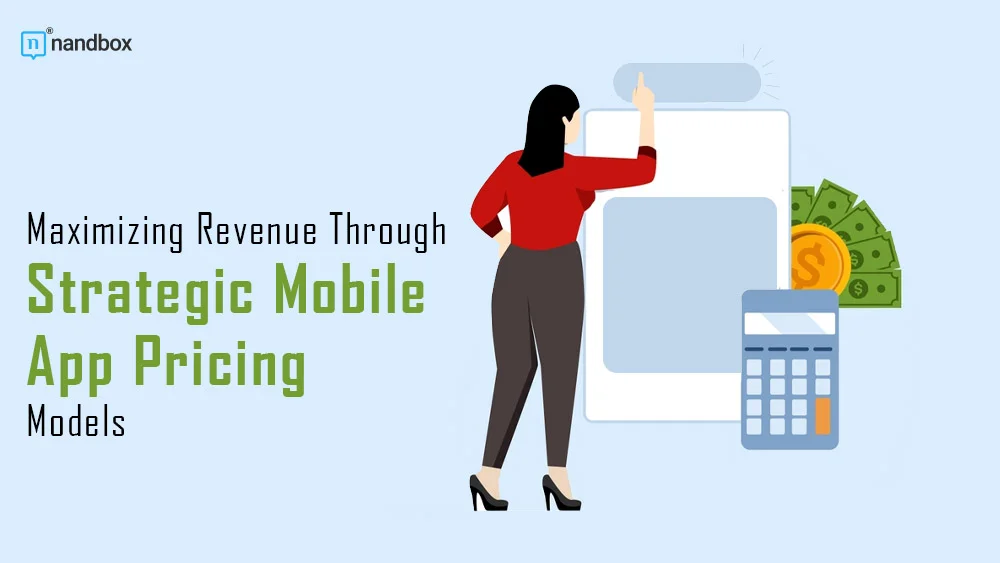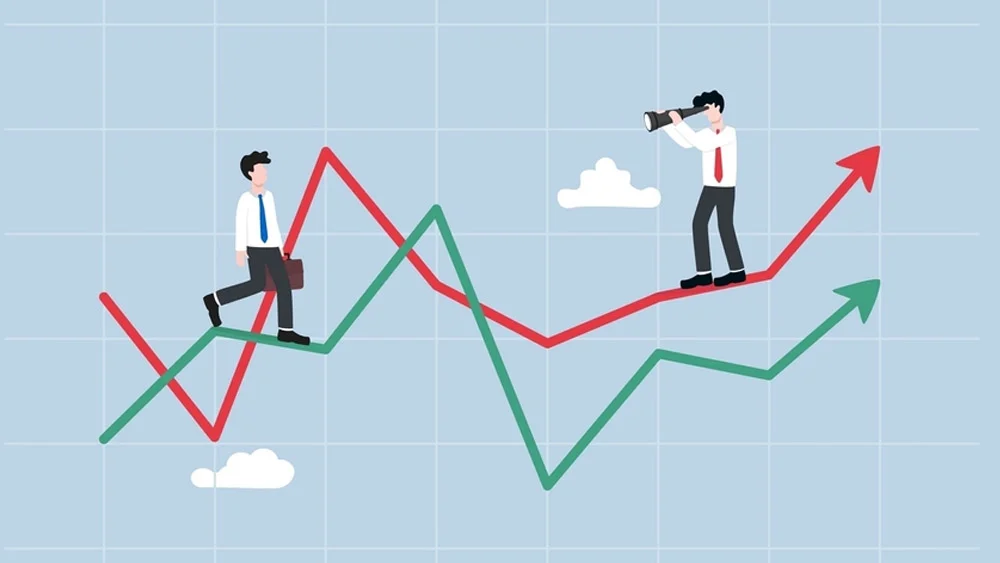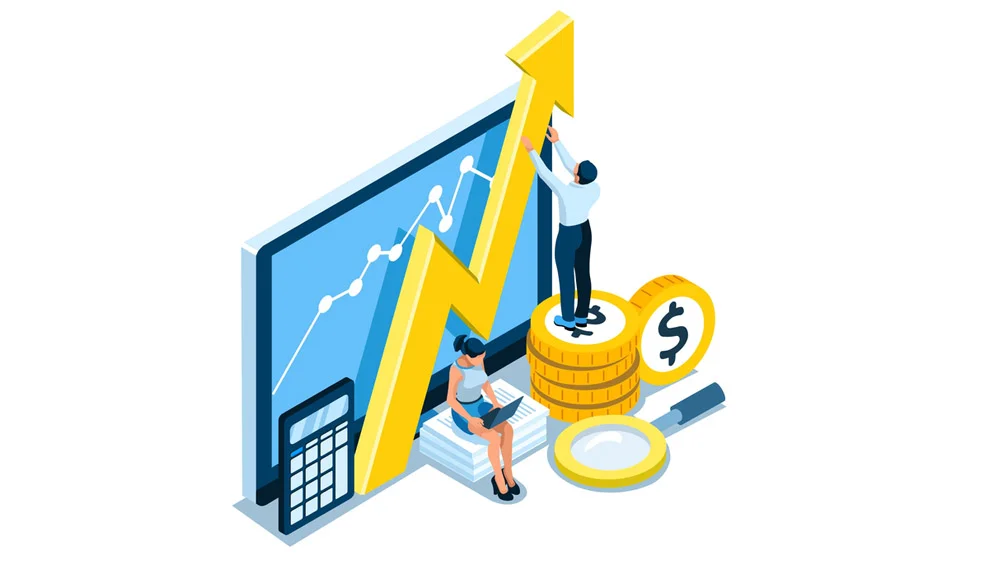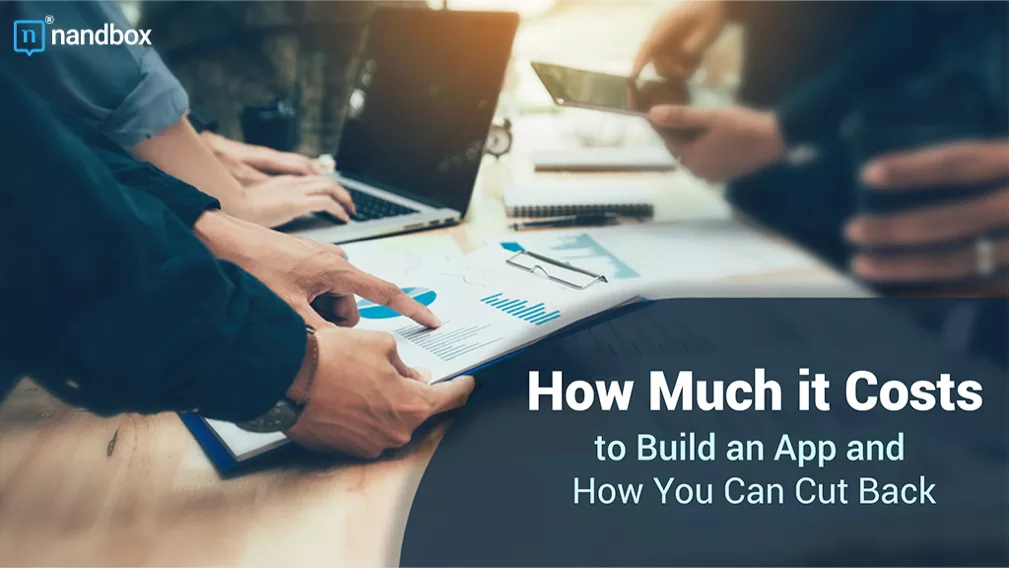To monetize your app, you need appropriate mobile app pricing models. Fortunately, there are several different ways to generate a revenue stream with your app. Finding a mobile app pricing model that is best for your needs depends on a few factors. First, the pricing has to be affordable to your app users. Second, it should have the foundation of sustainability. Next, your pricing model has to be competitive with all the other apps available in your niche. Finally, the pricing you select should give users the perception of a high value related to the cost. Charging too little can make your app appear cheap.
There are several common pricing models in active use for apps. Here is a closer look at some of the most common of these.
The “Free App” Pricing Model
Probably the key advantage to offering free apps is that when there is no fee to purchase the app, you see an increase in downloads from users. But how do you monetize an app that a user has received for free? There are a few ways to do this. They include:
Selling Advertising Space
This is a common tactic used on social media apps. To give you an idea of how successful that can be, in 2022, Facebook claims to have generated $113 billion in advertising revenue with this method. As profitable as selling advertising on a free app sounds, to make it worthwhile, you also need a huge user base.
Service Fees/Customer Offers
For e-commerce sites, a free app essentially connects their brand to their customers. Users order products through the free app and a small service fee is added to monetize the app. Other services provide users with exclusive offers that increase engagement and revenue streams through the free app.
In-App Purchases
This is a common tactic used with gaming apps that are free to download. In addition to in-app advertising, which is a form of monetization, in-app purchases help players advance deeper into the game and generate a stream of revenue at the same time. Some apps even have an in-app purchase where you can remove advertising.
The “Freemium” App Pricing Strategy
This happens to be the most common of the app pricing models in use today by app developers. It is essentially where different versions of a specific app exist. There is a free version that allows you to access only so many of the features it contains. You can upgrade from there (for a fee) to open up more features. This pricing model is available in many different app industries, ranging from fitness, dating, and e-commerce to news, media and entertainment.
The “Paid App” Pricing Model
There are pros and cons to this app pricing strategy. If you have a brand or product that is not well-known or is just a startup with limited online visibility, the paid app approach will probably not be very effective. However, if you have a well-established brand that has a strong, reliable customer base built on a good reputation, a paid app will do well and will be viewed mostly as a mobile access link to your products that users will want to have.
The “Paymium” Pricing Strategy
This is sort of a hybrid of various app pricing strategies that is becoming a popular choice with many app developers. Essentially, this is where users purchase a paid app as a subscription and then have the option to use in-app purchases to increase the access they have to features, content, or other services available within the app.
How Do You Select The Right Pricing Model For Your App?
There are a few considerations to weigh, which should help you determine the best fit of a pricing model for your app. Here are factors that will influence that decision.
Competitor Activity
With market research, you will have data on what your competition is charging for their apps and what the average app price is within the marketplace. This will give you a snapshot of what is currently taking place in your niche and a good idea of where your pricing should be to be competitive.
Try Out Various Pricing Models
Another good way to narrow down which pricing model is best for your app is to test various ones. The way users will respond will give you data to help choose the best option. Keep in mind that if all the other apps in your niche are free, you don’t have to do the same. That is, provided your app has more features and projects greater value compared to your competitors.
Speaking Of Greater Value…
Pricing and perception go hand in hand. If the app has value, users won’t hesitate to spend money on it. However, user expectations increase with pricing. Your app needs to have a strong, easy-to-use interface and no bugs. It also has to be better than your competition. If you can check all of these boxes, then the price you charge will indicate that the app has value.
For Revenue Growth, Use A Subscription Model
If your primary goal is revenue growth, then opting for a subscription-based app pricing model is the best choice. Subscription plans are solid and essentially give you a captive audience. Stats indicate that subscription accounts produce an average of 82% of revenue from apps that are not game-related.
Final Thoughts
Monetizing an app takes a bit more thought than just adding a price tag. Different mobile app pricing models have proven to be successful in generating revenue, provided the model is a good match for the app content. There are several considerations to factor into the pricing model used and market research will give you much of the data you require to make an informed decision. The best thing about having different app pricing strategies available is that you can try different ones and gauge which resonates more with users. To be successful with app development, your app has to have value, contain the features that users need, and have a pricing model that keeps it affordable but does not impact user expectations.
Rich Makover works as a Fractional Chief Sales Officer at Digital Authority Partners, a fractional marketing agency with offices in Chicago, San Diego, and Las Vegas.





